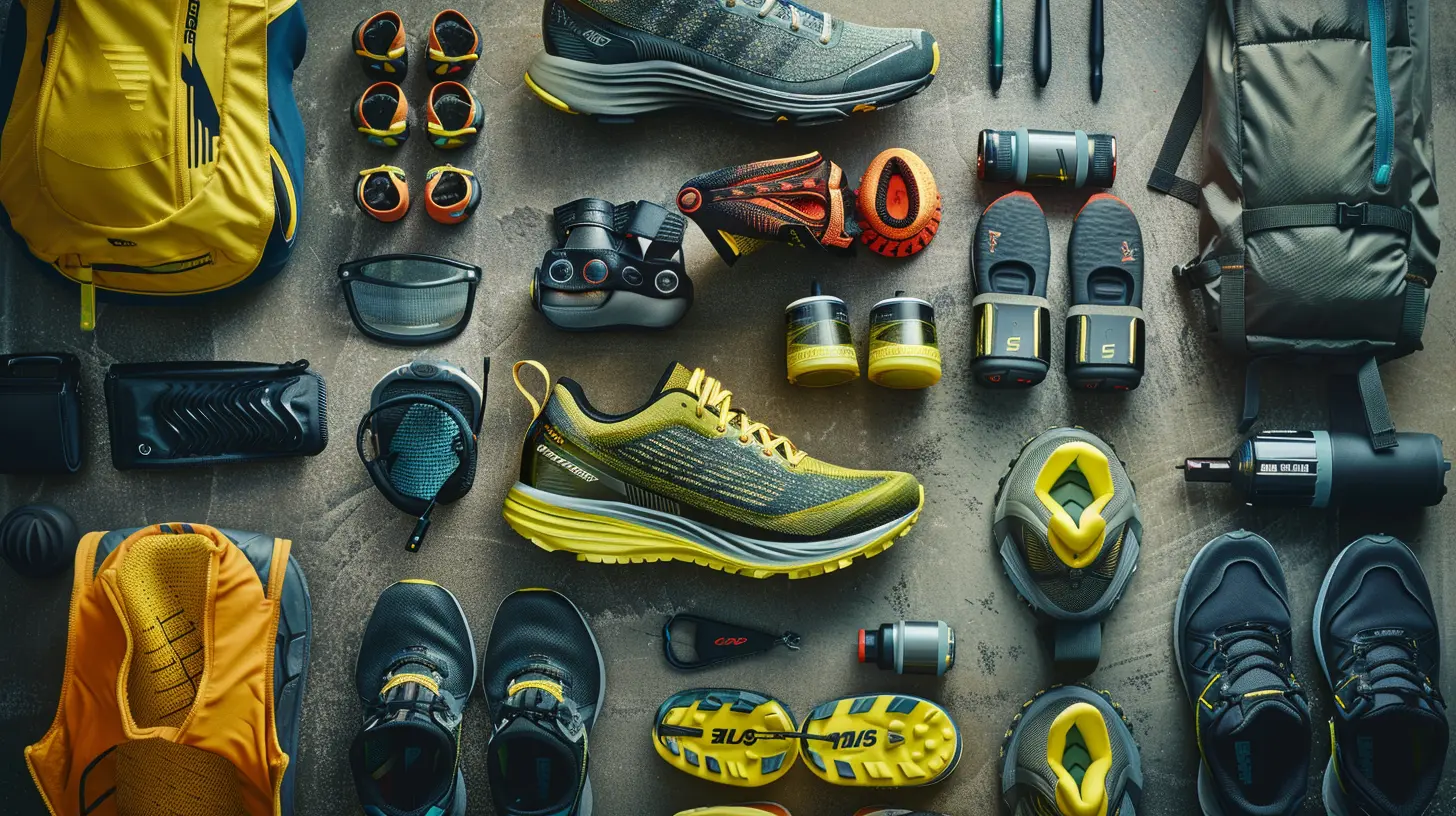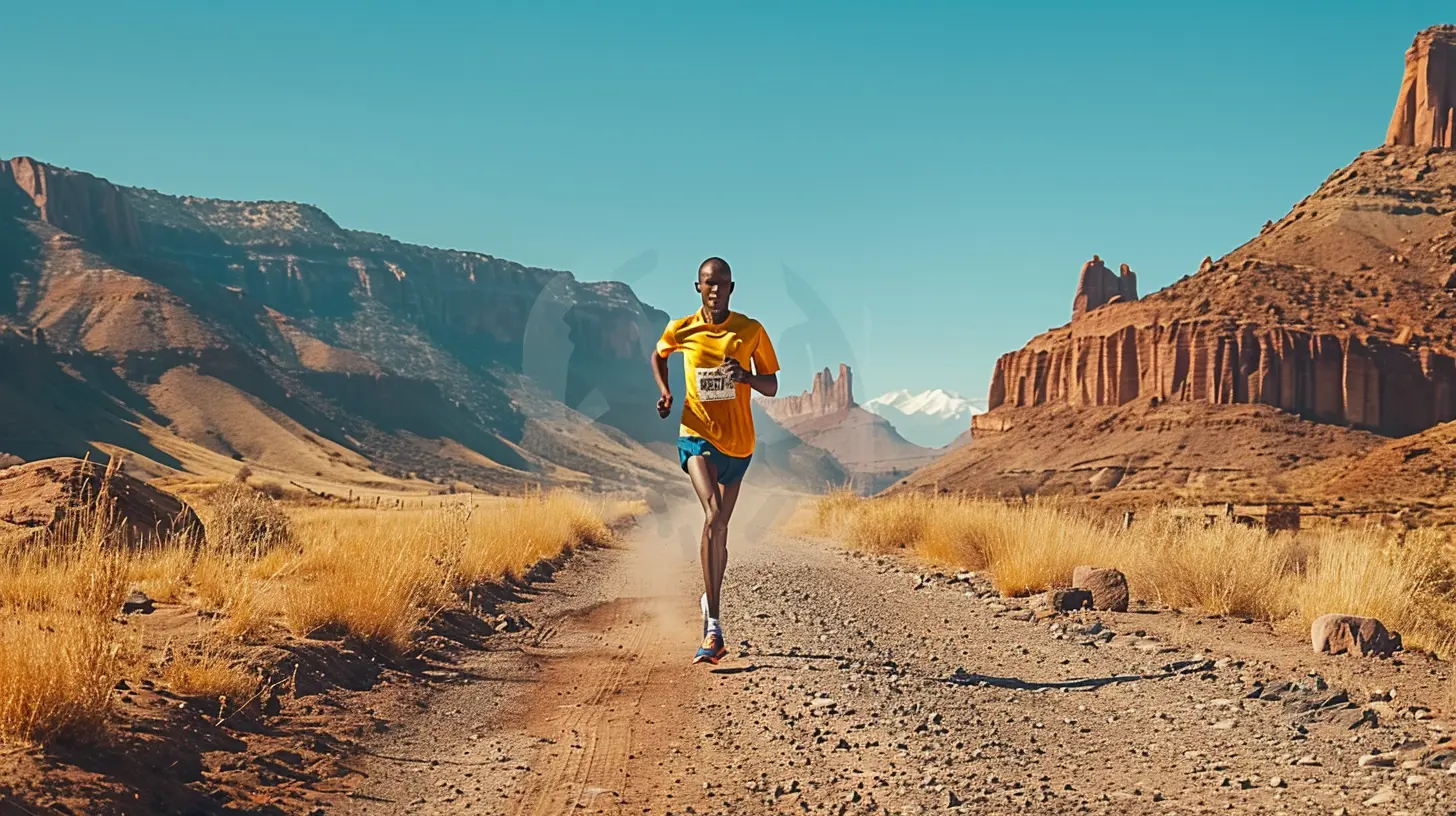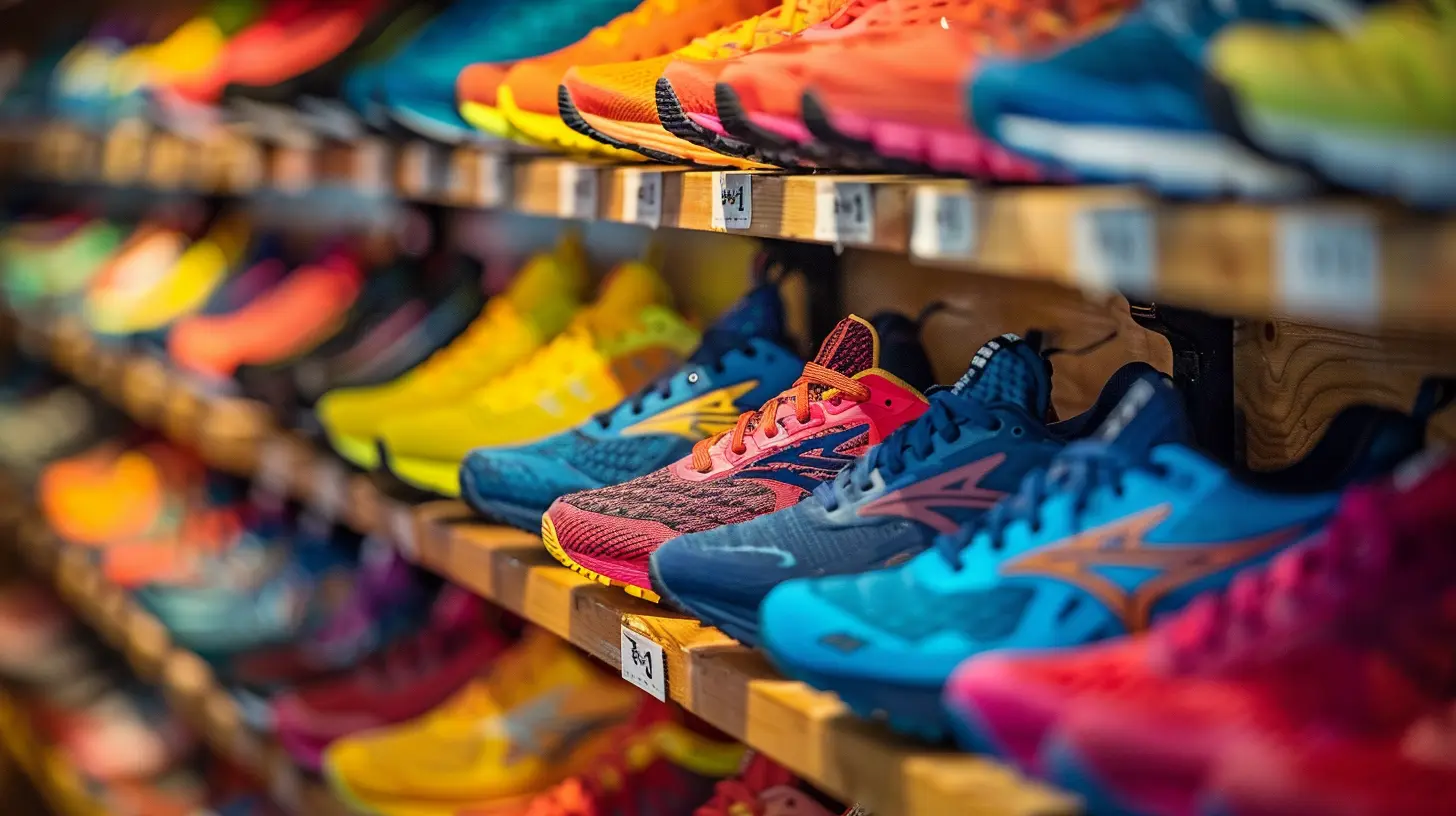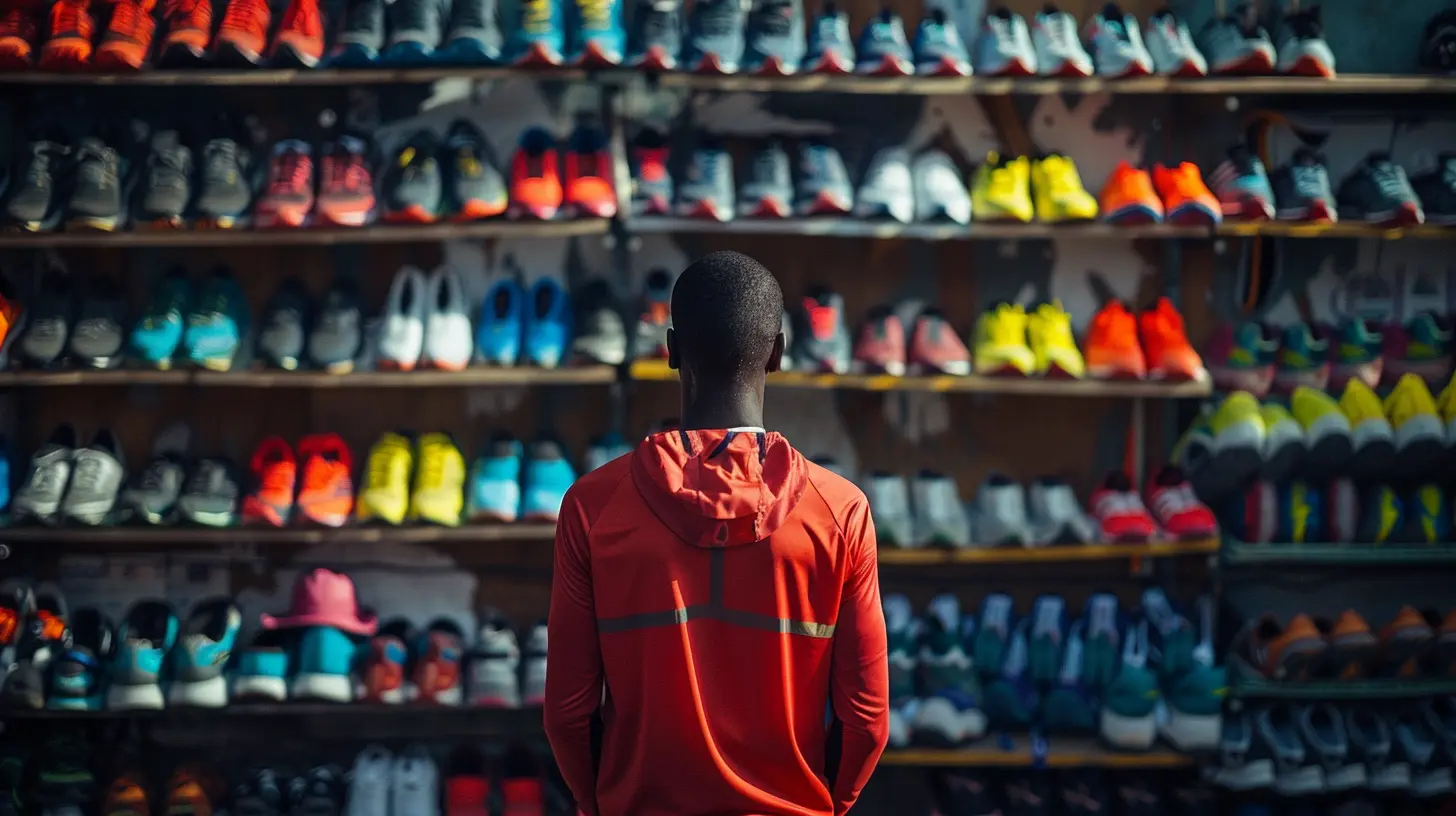The Best Gear for Long-Distance Runners
21 May 2025
Long-distance running isn't just about endurance; it's also about having the right gear to keep you comfortable and performing at your best. Whether you're training for a marathon or just love the thrill of a long run, wearing the wrong shoes, clothes, or gear can turn an enjoyable run into a painful experience.
So, what’s the essential gear every long-distance runner needs? Let’s dive into the must-have items that will make your runs smoother, more efficient, and a lot more enjoyable. 
1. Running Shoes: Your Foundation for Success
You wouldn’t build a house on a weak foundation, right? The same goes for running—your shoes are the base of everything.What to Look for in Running Shoes?
- Comfort & Fit – Your shoes should feel snug but not tight. Too loose, and you risk blisters; too tight, and you’re looking at painful pressure points.- Cushioning & Support – Consider your arch type and gait. Some runners need extra cushioning, while others do better with a more minimal design.
- Durability – Long-distance runners put in hundreds of miles. Look for a pair built to last at least 300-500 miles.
Top Picks for Long-Distance Running Shoes
- Nike ZoomX Vaporfly Next% – Perfect for racing and speed.- Brooks Ghost 15 – A solid option for neutral runners looking for comfort.
- Hoka One One Clifton 9 – Great cushioning for those who prefer a softer feel.
Not sure what works best? Visit a running store and get a gait analysis—they’ll help you find the perfect fit. 
2. Moisture-Wicking Clothing: Stay Dry, Stay Comfortable
Running in a soaked, sweaty T-shirt is uncomfortable and can lead to chafing. The right clothing makes all the difference.Essential Apparel for Long Runs
- Moisture-Wicking Shirts – Say goodbye to cotton! Look for polyester or blends that pull sweat away from your skin.- Compression Shorts or Leggings – Reduce muscle fatigue and prevent chafing.
- Running Socks – Opt for synthetic materials or wool to avoid blisters.
Bonus Gear for Different Climates
- Cold Weather? Wear a lightweight thermal base layer and running gloves.- Hot & Sunny? A breathable hat and UV-protective gear help keep you cool.

3. A Reliable Hydration System: Avoid Dehydration
Water is your best friend, especially when you're logging long miles. But carrying a water bottle in your hand? Not ideal.Best Hydration Options for Runners
- Handheld Water Bottles – Great for shorter runs, but they can feel annoying on longer distances.- Hydration Belts – Designed for balance, these hold small bottles around your waist.
- Hydration Vests – Perfect for marathon training or trail running, offering hands-free hydration with larger capacity.
If you're running beyond an hour, you’ll also want to replenish electrolytes. Sports drinks or hydration tablets can help maintain your energy levels. 
4. GPS Running Watch: Track Your Progress
If you’re serious about long-distance running, a GPS watch is a game-changer. It tracks pace, distance, heart rate, and more—keeping you informed and motivated.Top Running Watches for Distance Runners
- Garmin Forerunner 955 – Packed with advanced training features.- Coros Pace 2 – Lightweight and budget-friendly with great battery life.
- Apple Watch Ultra – A solid choice for those who like an all-in-one device.
Tracking your runs helps you improve pacing, set goals, and analyze your performance over time. Technology at its finest!
5. Anti-Chafing Solutions: Because No One Likes Painful Skin Irritation
Chafing can turn a great run into a nightmare. Whether it’s your thighs, underarms, or even feet, it's a real struggle for many runners.How to Prevent Chafing?
- Apply Anti-Chafe Balm – Products like BodyGlide or Vaseline create a protective barrier.- Wear Proper-Fitting Clothes – Loose or too-tight clothing can worsen friction.
- Choose Seamless Apparel – Fewer seams mean less irritation.
A little bit of prevention goes a long way when it comes to staying pain-free.
6. Energy Gels & Nutrition: Fuel for the Long Haul
Your body needs fuel for long distances, and relying just on water won’t cut it. Energy gels, chews, and other quick-digesting carbs keep your body moving.Best Energy Boosting Options
- GU Energy Gels – Packed with carbs and electrolytes.- Clif Bloks – Easy-to-chew energy bites.
- Bananas & Pretzels – A natural alternative for quick energy.
The key is to experiment and find what works best for your digestion and energy needs.
7. Reflective Gear & Headlamps: Safety Comes First
If you're running early in the morning or at night, being visible is crucial. Cars, cyclists, and even other runners need to see you!Must-Have Safety Gear
- Reflective Vest or Bands – A lightweight way to stay seen.- Headlamp – Essential for dark runs, helping you avoid obstacles.
- Flashing LED Lights – Clip these onto your clothes or shoes.
Remember, safety isn’t an option—it’s a necessity.
8. Recovery Tools: Take Care of Your Body
Running wears down your muscles, and proper recovery helps you bounce back faster. Taking care of your body off the track ensures you can keep hitting your mileage goals.Best Recovery Gear for Runners
- Foam Roller – Loosens tight muscles and prevents injuries.- Massage Gun – Provides deep tissue relief.
- Compression Socks – Helps blood circulation and reduces soreness.
Skipping recovery is like skipping the cool-down—it might not hurt immediately, but it’ll catch up with you.
9. Running Sunglasses: Protect Your Eyes
Your eyes deserve as much protection as your legs! Running sunglasses shield your eyes from UV rays, wind, and debris.Top Picks for Runners
- Goodr OG Sunglasses – Affordable, stylish, and don’t slip.- Oakley Radar EV Path – High-quality lenses for clear vision.
- Tifosi Swick – A budget-friendly yet effective option.
A great pair of running sunglasses enhances your comfort while keeping your eyes safe.
Final Thoughts: The Right Gear Makes All the Difference
Running long distances isn’t just about endurance—it’s about preparation. The right gear can be the difference between a painful, frustrating run and an enjoyable, strong performance.So, whether you’re gearing up for your first marathon or just adding more miles to your weekly routine, investing in quality equipment pays off in the long run.
Now, lace up those shoes, grab your hydration pack, and hit the road—adventure awaits!
all images in this post were generated using AI tools
Category:
Sports GearAuthor:

Ruben McCloud
Discussion
rate this article
3 comments
Zyana McPhee
Gear isn’t just equipment; it's your partner in the pursuit of greatness. The right shoes can transform a grueling marathon into a triumphant journey. Invest wisely, embrace the miles, and let every run fuel your spirit. With the best gear at your side, every finish line becomes just another beginning!
June 2, 2025 at 11:40 AM

Ruben McCloud
Absolutely! The right gear truly enhances the running experience and can make a significant difference in both performance and enjoyment. Embrace it!
Orionis Mullen
This article expertly highlights essential gear for long-distance runners. From supportive footwear to moisture-wicking apparel, the recommendations are spot-on. Investing in quality gear not only enhances performance but also minimizes injury risk, making every mile more enjoyable. A must-read for dedicated runners!
May 31, 2025 at 11:03 AM

Ruben McCloud
Thank you for your feedback! I'm glad you found the gear recommendations helpful for enhancing performance and comfort during long runs. Happy running!
Jax McTiernan
Run like the wind, gear up to win!
May 29, 2025 at 3:38 AM

Ruben McCloud
Absolutely! The right gear can make all the difference in your performance and comfort. Keep pushing those limits!



